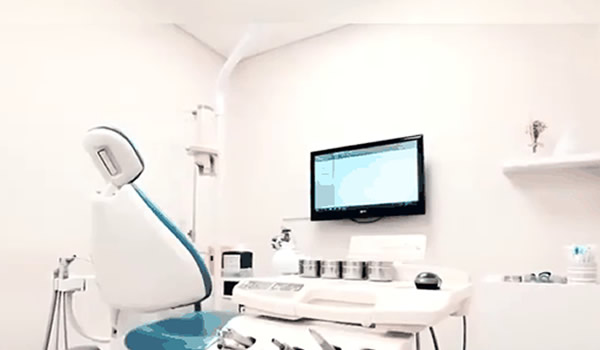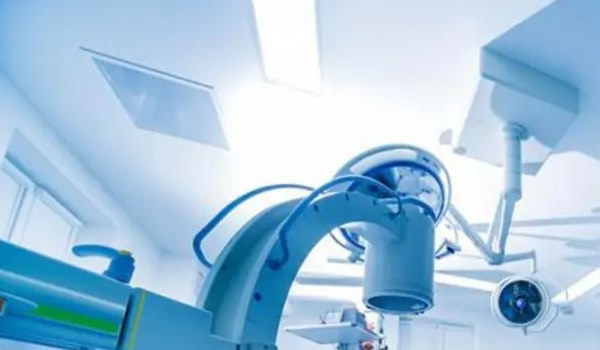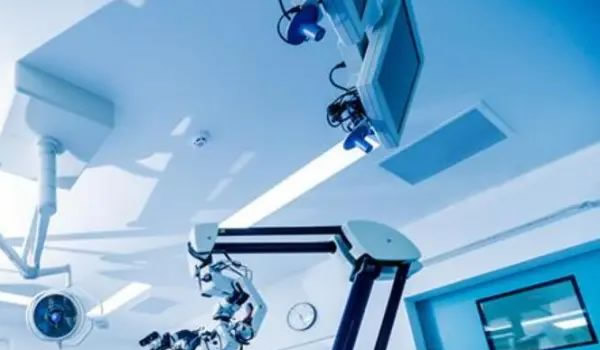Parkinson’s disease (PD) is the second most common neurodegenerative disorder after Alzheimer’s, affecting millions worldwide. With Asia’s rapidly aging population, Parkinson’s prevalence is rising dramatically. This article explores Parkinson’s disease treatments in Asia, from traditional medications to advanced interventions like deep brain stimulation, rehabilitation strategies, and future therapies under development.

Parkinson’s Disease in Asia: The Growing Burden
- Global prevalence: More than 10 million people worldwide live with Parkinson’s.
- Asia’s numbers: Nearly half of all global cases are in Asia due to large elderly populations.
- Key risk factors: Aging, genetics, exposure to toxins, lifestyle.
- Symptoms: Tremors, muscle stiffness, slowness of movement, postural instability, depression, and cognitive decline in advanced stages.
Current Standard Treatments
1. Medications
- Levodopa (L-Dopa): The gold standard for motor symptoms.
- Dopamine agonists (pramipexole, ropinirole): Mimic dopamine in the brain.
- MAO-B inhibitors (selegiline, rasagiline): Prevent dopamine breakdown.
- COMT inhibitors (entacapone): Extend the effect of Levodopa.
- Amantadine: Provides mild relief for dyskinesia and tremors.
Challenges in Asia:
- High cost of some advanced drugs.
- Rural patients often rely on older, less effective medications.
- Limited awareness and late diagnosis.
2. Deep Brain Stimulation (DBS)
- Procedure: Electrodes implanted in specific brain regions to regulate abnormal activity.
- Benefits: Effective for advanced patients with severe motor fluctuations.
- Availability in Asia: China, Japan, South Korea: Leaders in DBS adoption. India & Southeast Asia: Access growing but still limited to major urban hospitals.
- Barriers: High cost, surgical expertise required.
3. Physical and Occupational Therapy
- Improves mobility, flexibility, and strength.
- Techniques: Gait training, resistance exercises, tai chi, yoga.
- Occupational therapy helps patients adapt daily tasks and maintain independence.

4. Speech Therapy
- Many patients develop speech and swallowing difficulties.
- Speech therapy programs (Lee Silverman Voice Treatment, LSVT) increasingly used in Asian rehabilitation centers.
5. Complementary and Traditional Medicine
- China: Traditional Chinese Medicine (TCM) with acupuncture and herbal remedies as supportive therapy.
- India: Ayurvedic medicine and yoga.
- Japan & Korea: Kampo and herbal formulations studied as adjuncts.
- Evidence is limited, but cultural acceptance is high.
Regional Insights
- China: Largest Parkinson’s population in the world; expanding DBS centers.
- India: Increasing awareness campaigns; shortage of neurologists in rural regions.
- Japan: High prevalence; advanced care centers and integration of robotics in rehab.
- South Korea & Singapore: Strong adoption of cutting-edge therapies.
- Southeast Asia: Limited infrastructure but growing patient support networks.
Future Therapies for Parkinson’s
- Gene Therapy Experimental trials aim to restore dopamine-producing cells. Ongoing studies in Japan and South Korea.
- Stem Cell Therapy Transplanting dopamine-producing cells into the brain. Early clinical trials underway in China and Japan.
- Neuroprotective Drugs Targeting disease progression, not just symptoms. Still in early research.
- Digital Health Tools Wearable sensors to track tremors and movement. AI-based apps for personalized therapy recommendations.
Challenges in Asia
- Late diagnosis: Many patients seek care only after severe symptoms.
- Healthcare gaps: Shortage of trained neurologists in rural areas.
- Financial barriers: Advanced therapies like DBS remain unaffordable for many.
- Caregiver burden: Families face high emotional and economic stress.

Conclusion
Parkinson’s disease is a growing challenge in Asia, with millions affected by the disabling symptoms of this neurodegenerative disorder. Standard treatments like Levodopa and dopamine agonists remain the backbone of therapy, while deep brain stimulation and advanced rehab programs offer hope for severe cases.
The future of Parkinson’s care in Asia lies in innovative research—stem cell therapy, gene therapy, and AI-driven care tools—combined with improved healthcare access and caregiver support. With sustained investment and collaboration, Asia can lead the fight against Parkinson’s disease and improve quality of life for patients and families.
Parkinson’s treatment Asia, Parkinson’s disease therapy, deep brain stimulation Asia, Parkinson’s medication, neurodegenerative disease Asia